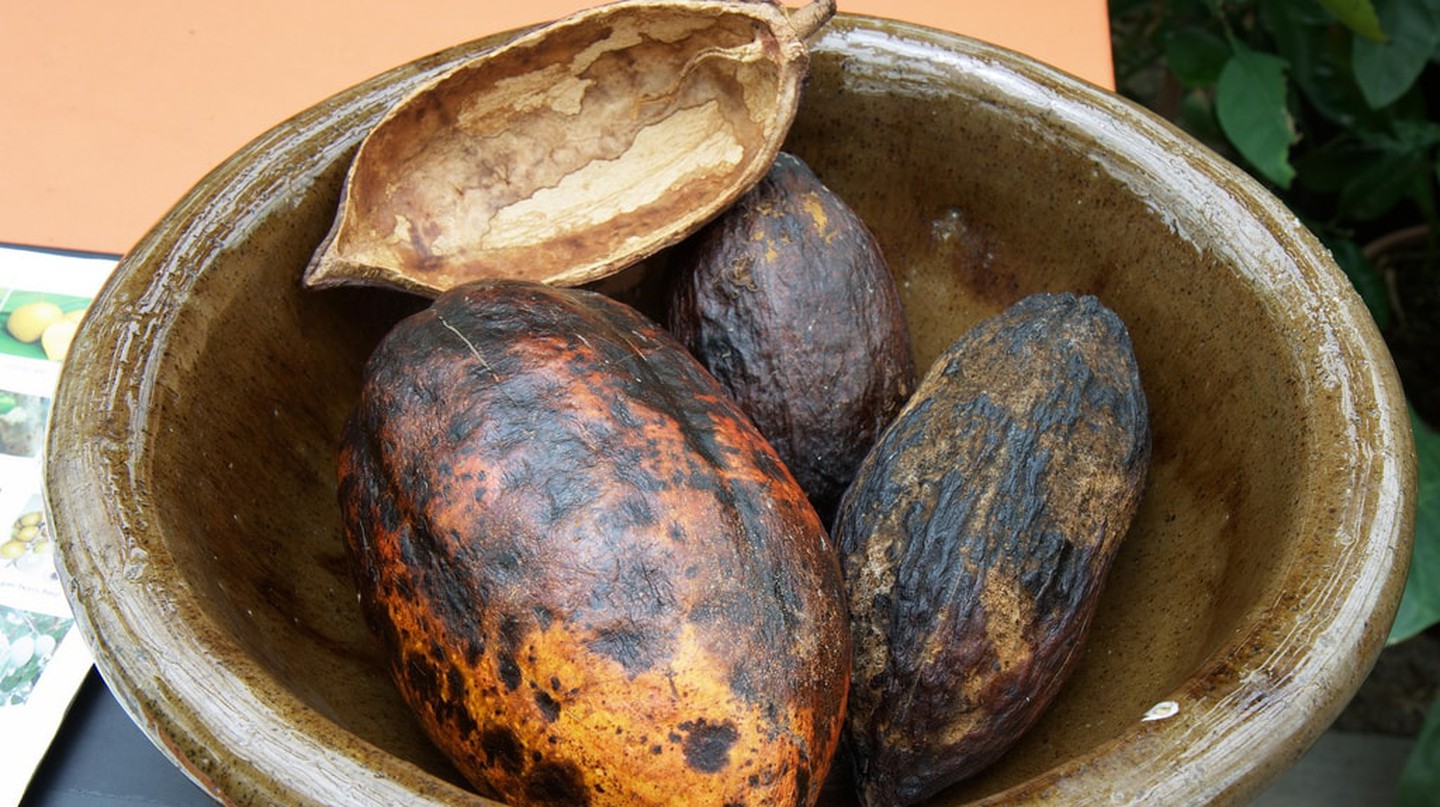
The Best Museums in Chiapas: An endless source of discoveries
For lovers of cultural travel, Chiapas is an inexhaustible source of discoveries and museums of all kinds. History, culture, botany, science, technology, religion, archaeology.
En visitant notre site, vous acceptez notre politique de confidentialité concernant les cookies, les statistiques de suivi, etc.
Tuxtla Gutiérrez, capital of the state of Chiapas, retains the air of tranquility that is characteristic of places rich in traditions, customs, legends and rituals of the past.
In the city you can see modern buildings that reflect the demographic growth of the capital of Chiapas, contrasting with beautiful colonial buildings, witnesses of a past rich in history and traditions.

The word Tuxtla comes from the Nahuatl Tuchtlán meaning “place where rabbits abound”. In honour of General Joaquín Miguel Gutiérrez, the name Gutiérrez was later added to it.
The capital of Chiapas is warm for its people and its climate. Tuxtla Gutiérrez combines cultural richness, natural attractions and modern infrastructures that make it an unforgettable stay for tourists visiting Chiapas.
Whether you already know Tuxtla Gutiérrez or not, here are a few reasons to visit and others that will make you come back.
So, ready for a trip to Tuxtla Gutiérrez? Discover the secrets of this magical city of Mexico and remember that if you are passing through the capital of Chiapas, you are always welcome in our Alma de Chiapas vacation homes.
The capital of the state of Chiapas has a brilliant past, an admirable present and a promising future. The city also has the enormous advantage of being in the center of the state, within reasonable distance of many Pueblos Magicos such as San Cristóbal de las Casas or Chiapa de Corzo.
Capital of the state of Chiapas since the 19th century, Tuxtla Gutiérrez offers interesting examples of civil and religious architecture, as well as an exceptional natural environment of incomparable beauty.
The Capital is a city that has all the necessary elements to satisfy a variety of tastes, the benevolence of the people and its recent taste for football, gives Tuxtla the flavor and atmosphere for safe entertainment.
Chiapas is certainly one of the greenest states in Mexico. It is an exotic place, land of Mayan culture, lakes, cliffs, jungles and waterfalls. This is just a small sample of everything you can find in this wonderful state.
The Sumidero Canyon, located 5 kilometres from the city, is an excellent illustration of the many activities to be carried out in the areas close to the city. It is a majestic geological fault through which the Grijalva River flows from central Chiapas to the Gulf of Mexico.
The Sumidero Canyon began to form 70 million years ago due to the action of local tectonic plates, and 15 million years ago the marine waters receded from this region, forming the different mountains of Chiapas, among which are those of the Sumidero Canyon.
There are many ways to discover the Sumidero Canyon!
One of the best ways to get to know the Sumidero Canyon is to take a boat trip along the course of the Río Grijalva.
The boat trip takes about 2 hours and covers a distance of about 64 kilometers along the Grijalva River. The tour starts in Chiapa de Corzo, you reach the Chicoasén dam and then make the trip in the opposite direction.
Just a few minutes from Tuxtla, you can also enjoy an equally spectacular Sumidero Canyon and a breathtaking natural spectacle from the top of the famous Sumidero Canyon viewpoints.
These are small roads at the top of the Sumidero Canyon, offering 6 viewpoints from which you can admire the Sumidero Canyon in all its splendour.
Each of the viewpoints has its own charm and offers different perspectives to appreciate the Sumidero Canyon.
If you want to use Tuxtla Gutiérrez as a starting point to visit other natural wonders, take a look at these places (and our dedicated articles as well !) :
More than a zoo (from a personal point of view, we don’t really like zoos), it is a Nature Reserve where a lot of work is done to reproduce endangered species such as the spider monkey, the quetzal and the jaguar, and then integrate them into their natural habitat. Many specimens are also rescued from illegal trade and protected within the ZooMAT.
📍 Address: Calle Señor del Pozo 242, Cerro Hueco, 29094 Tuxtla Gutiérrez, Chis., Mexico
📞 Telephone: +52 961 639 2856
💲 Average budget: $30 pesos
The tourist centre of El Chorreadero waterfall shelters an area of about three hectares of water, flora and fauna; from an underground river emerges a cave that forms a waterfall about 20 metres high, which, touching the ground, creates a series of small natural pools.
📍 Address: Carretera Federal Libre a San Cristorbal Km 24+600 Juan de Grijalva, 29000 Chiapa de Corzo, Chis., Mexico
📞 Telephone: +52 961 107 3880
💲 Average budget: $20 pesos
Website: http://www.cascadaelchorreadero.com.mx/Inicio.html
This geological jewel is located in the El Ocote forest, a nature reserve inhabited by many species such as the jaguar, otter and green parrot, the latter being the one that gives its name to the place in question.
📍 Address: Sima de las Cotorras, Chiapas, Mexico, Chis., Mexico
📞 Telephone: +52 968 117 8081
⏱️ Opening hours: Open to the public Tuesday to Sunday from 8.30 am to 4.30 pm.
💲 Average budget: $20 pesos
Website: https://www.simaecoturismo.com/
El Aguacero is located in a federal zone and protected natural area, the El Ocote Biosphere Reserve.
The El Aguacero waterfall is a beautiful waterfall that falls between unevenly cut rocks, causing the water to collide and disintegrate in an intense breeze that spreads out in the form of a shower.
📍 Address: Cañón Río La Venta, cascada El Aguacero, Chiapas, Mexico
📞 Telephone: +52 961 203 2514
💲 Average budget: $33 pesos
Website: http://www.cascadaelaguacero.com/
The Cristo de Copoya or Cristo del Cerro de Mactumatza is a monumental artistic work 64 metres high in honour of Christ. Also known as El Cristo Glorioso de Chiapas, the work is located on the hill of Mactumactzá, south of the city of Tuxtla Gutiérrez.
This monumental Christ is the highest monument in the country, and is even higher than the Redeemer Christ of Brazil. It can even be seen from Chiapa de Corzo. This great work of art is part of a religious architectural complex that also serves as a pilgrimage center and a place for various cultural and social events and activities.
According to the architect Jaime Latapí López, director of the project, this Christ should not turn his back on either Copoya or Tuxtla Gutierrez, for this reason, he bet for its singular and admirable design. Symbol of unity and peace of the people of Chiapas, it is one of the most visited monuments of Tuxtla Gutierrez.
At night, the lights of the Christ of Chiapas change color, projecting a spectacular image.
Further information
At the base of the Copoya Mirador there is a nice restaurant. From here you can admire the capital Tuxtla Gutierrez. It is a popular place for couples and friends who want to have a coffee and admire the night view of the city.
📍 Address: Segunda Pte. Nte. s/n, La Lomita, 30530 Copoya, Chis.
⏱️ Opening hours: Tuesday to Sunday from 10:00 to 19:00 hours.
💲 Parking fee: $10 pesos
The Fiesta Grande of Chiapa de Corzo is without a doubt one of the most beautiful and colorful festivities of the patron saints not only in Chiapas, but in all of Mexico. Every year in January, the city of Chiapa de Corzo is in a state of madness and thousands of people take to the streets to dance and enjoy this great festival!
The most characteristic feature of this fair is that people wear traditional costumes and perform various dances and customs of pre-Hispanic origin. The main character of this festival is the Parachico, classified as Intangible Cultural Heritage of Humanity by UNESCO.
It is these kinds of traditions that make Chiapas so attractive and make us all want to know how wonderful a destination it is. Chiapa de Corzo is a small town, but its people, its customs, its gastronomy, its crafts and textiles are things that will remain forever engraved in your hearts.
The Parachicos
There are several interpretations of the origin of the Parachicos, but in all of them there is a woman called María de Angulo, a wealthy Spanish woman who came to Chiapas in search of a cure for her young son’s illness, and it was in Chiapa de Corzo that the healers were able to save her life.
In gratitude, María de Angulo was very generous and distributed a lot of money and food to the community in the town. While the boy was healing, the indigenous people danced around him, wearing masks to look like his mother. As these dances were “for the boy”, with the indigenous dialect, they were a literal translation into Spanish: “Parachico”.
The costumes of the Parachico are essentially composed of: the montera which is made with ixtle de maguey (big blond wig made of agave vegetal fiber); a sarape, gabán or colored chamarro (kind of pancho); a chinchín or sonaja (tin rattle) and a wooden mask made entirely by hand.
Currently, this festival is celebrated in honour of three saints: The Lord of Esquipulas, San Antonio Abad and the most important one, San Sebastian. For this reason, the dance of the Parachico is considered a collective offering, as throughout the day they stop at various temples and houses with religious icons.
The Parachicos only go out for 6 days during the holidays, but they dance with crazy energy and coordination all day long, from 9:30 in the morning to 10:00 in the evening. Some do it for fun or tradition, but many others go dancing for true faith and devotion.
The Boss is the chief of the Parachicos and the one in charge of preserving this great tradition. His position is inherited and there is a group of people dedicated exclusively to protect him when the Parachicos go out to dance, we can think of a monarch and his royal guard during these celebrations, although the rest of the year he is treated like any other citizen.
The visits always begin and end at the Patron’s house, where the Parachicos arrive very early to change and get ready. They perform a whole ritual before leaving. All the Parachicos have a lot of respect for the Boss, besides, his mask is unique and nobody can copy it.
Another peculiarity of this tradition is that the image of the Saint of the city, San Sebastián, is not in a church but in a house, it is known as Prioste and is the protective family of this Saint. Every year it changes family and it is a great honour to have it, so much so that it is already reserved until 2050.
The Chiapanecas
Another very characteristic character of the Fiesta Grande is Chiapaneca. The Chiapanecas are those that accompany the Parachicos and are distinguished by their beautiful and colourful dresses.
These beautiful dresses are embroidered entirely by hand by local artisans and because they are very elaborate, they are not cheap, but it is a great pride to wear them, so much so that they even represent the regional costume of the state of Chiapas.
The Chiapanecas go on the same days as the Parachicos, six times during the entire Fiesta Grande.
Chiapanecas and Parachicos look forward to the Fiesta Grande in January and their role is not only to know how to wear a beautiful and expensive dress, but also to know how to dance the sones with the Parachicos, the zapateados and the changes they make with drums and flutes. It’s quite an art!
Customs and traditions
Enramas are offerings to the saints that normally consist of fruit and bread. Their origin is pre-Hispanic and they are made in thanksgiving for the good harvest.
A visit to the Pantheon is another very moving tradition. Every 18th January, the Parachicos visit the tombs of the former patrons and their deceased relatives, where they dance and sing for them. It is very impressive to see the contrast between their happy dances and the nostalgia of the moment.
Naval battles
One of the most anticipated events is the naval combat, the representation of a battle between Spaniards and Chiapas Indians, through fireworks on the Grijalva River. What makes it so special is that it is a show of more than 30 uninterrupted minutes of pure pyrotechnics.
This event full of lights and colours takes place every January 21 at 21:00 sharp. It can be seen from one of the houses on the boardwalk, where they rent chairs to see it, or on board the boats that usually make the trip to Sumidero Canyon . Arrive early if you want to enjoy the show!
Parade and fence
On the penultimate day of the Fiesta Grande, there is a parade of floats, a very happy event and the only day when all the characters leave : Parachicos, Chiapanecas, Chuntaes, Tuxtlequitas, and so on…
The last event is the change of Prioste, every January 23rd he moves to San Sebastian from one house to another to be protected all year round. The Parachicos go out for the last time and this day is a day of mixed feelings as the Fiesta Grande de Enero de Chiapa de Corzo ends.
Important information
It is a Catholic feast, but whether you are religious or not, the experience is worth living.
It is a celebration of the people and for the people, it is not an event for tourists, but the people are very warm and hospitable.
The Parachicos do not go out every day and when they go out, they are not in a fixed point, you have to look for them because they are moving all the time.
Ideal time to enjoy La Fiesta Grande
The Fiesta Grande of Chiapa de Corzo takes place every year from January 8 to 23.
If you only have a few days available in your trip, we particularly recommend January 20, 21 and 22.
January 8: Departure from Chuntaes
January 15: Departure from Parachicos – Lord of the Esquipulas Day
16 January: Enramas
January 17: Departure from Parachicos – Day of San Antonio Abad
January 18: Departure from Parachicos – Visit to the Pantheon
20 January: Departure from Parachicos – San Sebastian
21 January: Naval combat
22 January: Parade of tanks
January 23rd : Departure from Parachicos – Change of Prioste
If you are traveling by car, take into account that there is no passage for vehicles during this festival, but there are parking lots on the outskirts that charge $50 pesos for the whole day and are safe.
Parque de la Marimba
The Marimba Park was founded on September 12, 1993, a public park dedicated to the interpretation and promotion of this instrument, designed by Elena Arévalo Cancino (also known as the Señora de las Marimbas 1918-2001).
During the day, it is pleasant to visit its gardens, which have a wide variety of regional flora, and its facilities are of a colonial type.
Adorned with beautiful gardens, it is undoubtedly one of the most beautiful folkloric and cultural sites of the capital.
It is especially in the evening, from 6:00 pm, that this place becomes magical. You will be able to listen and dance to the music of the instrument that represents the state of Chiapas: the marimba.
Its name comes from the regional instrument “Marimba” whose music is played in this park every day of the year. The marimba is the emblematic instrument of Chiapas and this park becomes every night the soul of the city with popular Mexican music that fills with joy all its visitors, who love to dance to the sound of the marimba or enjoy a variety of traditional appetizers that are sold there.
Throughout the park the sale of handicrafts is common as well as typical Mexican musical instruments, and in the surrounding streets you will also find a variety of shops.
Traditional and Mexican music
The park is open every day from Monday to Sunday.
Around 6:00 pm, music concerts start, and usually last 2 hours.
In the center of the park is a kiosk where musicians with different instruments, mainly the marimba, set the mood, people dance and enjoy the rhythm of the marimba.
Tips
On Fridays and weekends, the atmosphere is nicer, the stands abound and people dance.
The park is located on Central Avenue between 9 and 8 West North. The public transport truck called “ConejoBus” runs on Central Avenue, through which you can get to the park.
If you come by car, you can park in the surrounding streets or in private parking lots near the park.
Around the park you can find many places with Chiapas snacks, sweets and lots of coffee.
The Crocodile Museum was inaugurated on August 3, 2004. It is the most recent site of the Miguel Alvarez del Toro Regional Zoo and due to the peculiarity of its exhibitions, it is considered the only one of its kind in the world.
It is a superb space designed to give the public a didactic perception of the importance that crocodilians have in the ecological, cultural, scientific and economic life of mankind.
📍 Address: Calle Señor del Pozo 242, Cerro Hueco, 29094 Tuxtla Gutiérrez, Chis., Mexico
📞 Telephone: +52 961 639 2856
⏱️ Opening hours: Open to the public from Tuesday to Sunday from 8.30 am to 6 pm.
💲 Average budget: $20 pesos per person
The current museum building is a modern building that is distinguished by its large open spaces. Its appearance is an architectural bet characterized by the use of partitioning, which gives it a particularity among the great contemporary works of the capital of Chiapas. The Museum exhibits exclusive archaeological pieces that can only be found here.
Room 1 is dedicated to pre-Hispanic culture and room 2 to works from the 16th century to the beginning of the 20th century.
📍 Address: Hombres Ilustres de la Revolución Mexicana s/n Centro CP 29000 Tuxtla Gutiérrez, Tuxtla Gutiérrez, Chiapas
📞 Telephone: +52 961 613 44 79
⏱️ Opening hours: Open to the public from Tuesday to Sunday from 9am to 6pm.
💲 Average budget: $60 pesos per person.
The marimba is an emblematic wooden percussion instrument from Chiapas.
It is a symbol of identity among the peoples of the region and a great banner of Chiapas culture.
For these reasons, the Marimba Museum, opened in 2006, aims to stimulate, preserve and disseminate the marimba culture.
This building is located in front of the popular Marimba Park.
The museum has five galleries, one of which is dedicated to the presentation of the great composers of Chiapas who used this instrument to interpret their music, such as Zeferino Nandayapa, an international marimba player.
📍 Address: 9a poniente norte (frente al Parque Jardín de la Marimba) 115, esquina con Av Central, Col. Tuxtla Gutiérrez Centro, P.O. Box 29000, Tuxtla Gutiérrez, Chiapas
📞 Telephone: +52 961 600 0174
⏱️ Opening hours: Tuesday to Sunday, 10:00 am to 10:00 pm.
💲 Average budget: $10 pesos
This site, located in the emblematic Parque de Convivencia Infantil in the capital of Chiapas, has an innovative architectural design. Unlike most planetariums, which usually project images of the cosmos with a fisheye lens located in the center of the auditorium, in the dome of the Tuxtla Planetarium, the 129 seats are arranged in almost the same way as a classic cinema.
📍 Address: Av. Quinta Norte Oriente s/n Parque Madero CP 29043 Tuxtla Gutiérrez, Tuxtla Gutiérrez, Chiapas
📞 Telephone: +52 961 639 25 64
⏱️ Opening hours: Tuesday to Friday from 9:30 to 16:30. Saturday and Sunday from 13:00 to 18:00.
💲 Average budget: $40 peso
The best time to travel to Tuxtla Gutiérrez in Mexico is from January to May and July to December, when the climate is pleasant or warm and rainfall is moderate.
The average maximum temperature in Chiapas is 31°C in April and 26°C in January. The weather and climate in Chiapas are conducive to a sunny vacation.
📗 We recommend that you read our Guide to Driving in Chiapas if you decide to rent a vehicle there.
📍 Tuxtla Gutiérrez is located 845 kilometers from the capital Mexico City.
🚌 The bus ride takes about 12 hours with the company ADO or OCC at about $1,382 pesos per person.
✈️ A trip from CDMX (Ciudad de México) to Tuxtla Gutiérrez will cost between $1,000 and $2,500 pesos per person.
Four national airlines operate from Tuxtla Gutiérrez airport: Viva Aerobus, Interjet, Volaris and Aeroméxico.
📍 Tuxtla Gutiérrez is located 1,150 kilometres from Cancún.
🚌 The bus ride takes about 18 hours with the company ADO or OCC at about $1,400 pesos per person.
✈️A flight Cancún > Tuxtla will cost you between $1,000 and $3,500 pesos per person.
📍 Ángel Albino Corzo International Airport is located 30 kilometres from Tuxtla Gutiérrez.
🚌 The bus ride takes about 12 hours with the company ADO or OCC at about $242 pesos per person.
🚕 The trip can be cheaper by taxi (to be taken on the spot) with 2, 3 or 4 passengers on board (about $300 pesos per trip) while the cost of the bus is per person.
🚗 If you wish to rent a car on the spot (Chiapas airport), here are the 4 agencies on the spot :
📞 Europcar, Tel: +52 (961) 1536098
📞 Hertz, Tel: +52-961-153-6074
📞 Alamo, Tel: +52 9611536048
📞 Thrifty, Tel: +52 961 6156380
Check the weather forecast often, it is important because it varies depending on the time of year. It can be REALLY very hot in Tuxtla around April (between 40 and 42 degrees). If possible, avoid the area at this time of the year and head instead to San Cristóbal de Las Casas, which is located on a high plateau and therefore much cooler.
Visit the excellent zoo, which was one of the first in the world to abandon cages to provide open, free-range habitats for animals. It is one of the best in Mexico. You’ll see the zoo’s pair of native black jaguars, which provide an excellent photo opportunity.
To buy a souvenir from Mexico like Mexican jewelry and/or at a very good price, we recommend you wait to visit one of the Pueblos Magicos like San Cristóbal de Las Casas.
Airbnb: There is a great offer of accommodation on Airbnb Tuxtla Gutiérrez from $250 pesos per night. Look for something near the city center.
Hotel: There are also hotels for all budgets.
This emblematic place of Tuxtla has another name: “La casa de los chilaquiles” (understand THE house of the chilaquiles).
Its breakfasts are legendary, not only for their monstrous portions, but also because they are delicious.
📍 Address: Boulevard Belisario Dominguez 1197 29000 Tuxtla Gutiérrez
📞 Telephone: +52 961 3 467 192
💲 Average budget: $200 pesos
The slogan of this restaurant is “Feel Chiapaneco” and when you discover the place, you will easily understand why.
Beyond the wide and varied menu of Chiapaneca cuisine, the place is a colorful visual delight with local Mexican music and lots of traditional Mexican dancing.
📍 Address: Av. Central Ote. 837, Asamblea de barrio, Zona Sin Asignación de Nombre de Col 42, 29000 Tuxtla Gutiérrez, Chis., Mexico
📞 Telephone: +52 961 612 5351
💲 Average budget: $320 pesos
Website: http://laspichanchas.com.mx/
Here there is no fuss or fussiness or ultra-colourful decoration. This tacqueria simply offers THE BEST TACOS OF CERDO (pork) you’ve ever eaten.
📍 Address: Calle 16A. Pte. Nte. 428, Moctezuma, 29030 Tuxtla Gutiérrez, Chis., Mexico
📞 Telephone: +52 961 602 6156
💲 Average budget: $80 pesos
Do you have any questions about visiting the city of Tuxtla Gutiérrez? Are you planning a trip to Mexico? Send me a message via the WhatsApp button on your right!
AUTRES ARTICLES

For lovers of cultural travel, Chiapas is an inexhaustible source of discoveries and museums of all kinds. History, culture, botany, science, technology, religion, archaeology.
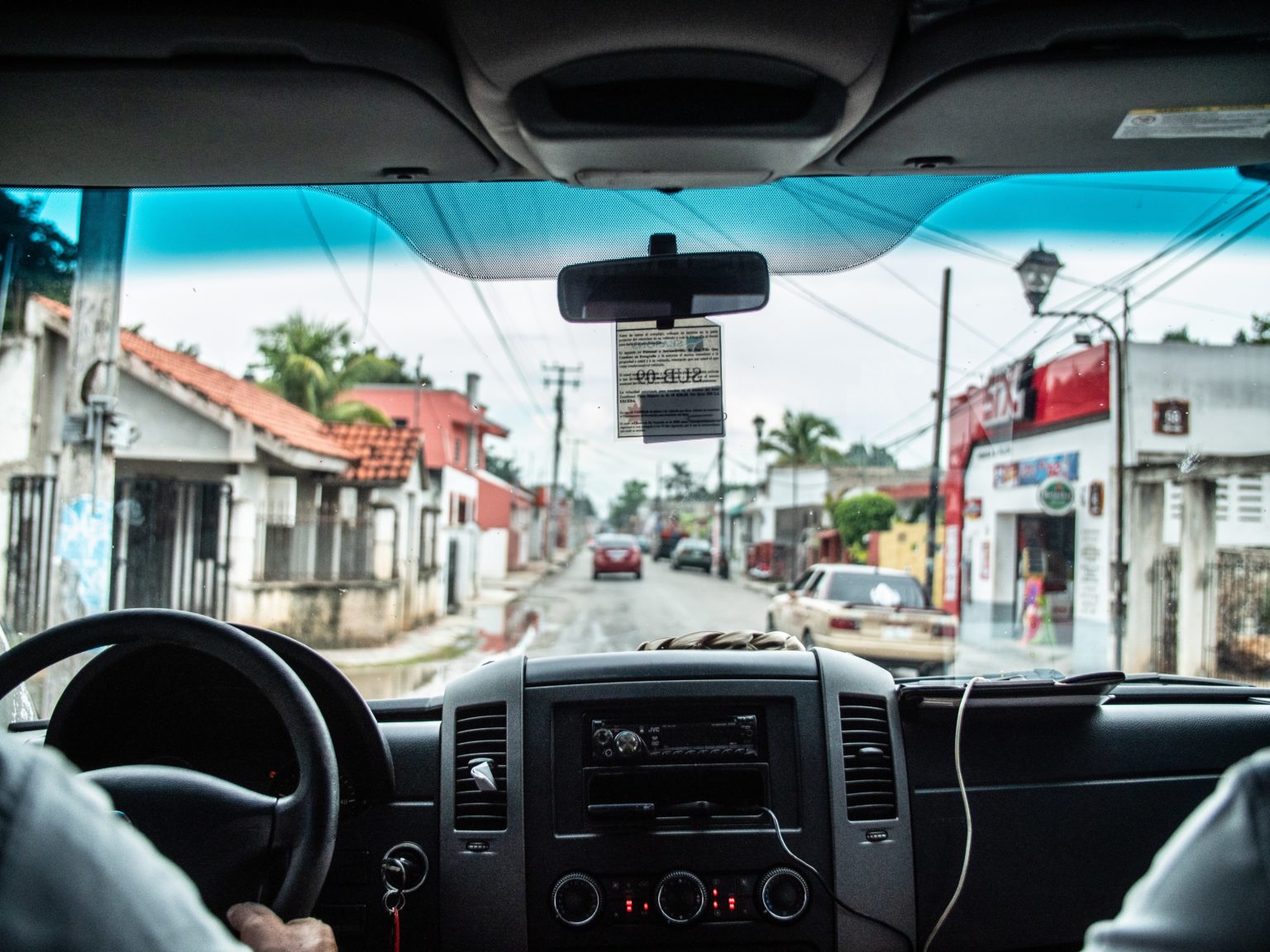
Wondering if you should rent a car in Mexico? This article, full of tips on renting in Mexico, is for you! ????

Chichén Itzá is, in our opinion, a must during a trip to Mexico. Find out everything you need to know before you set off on your adventure.
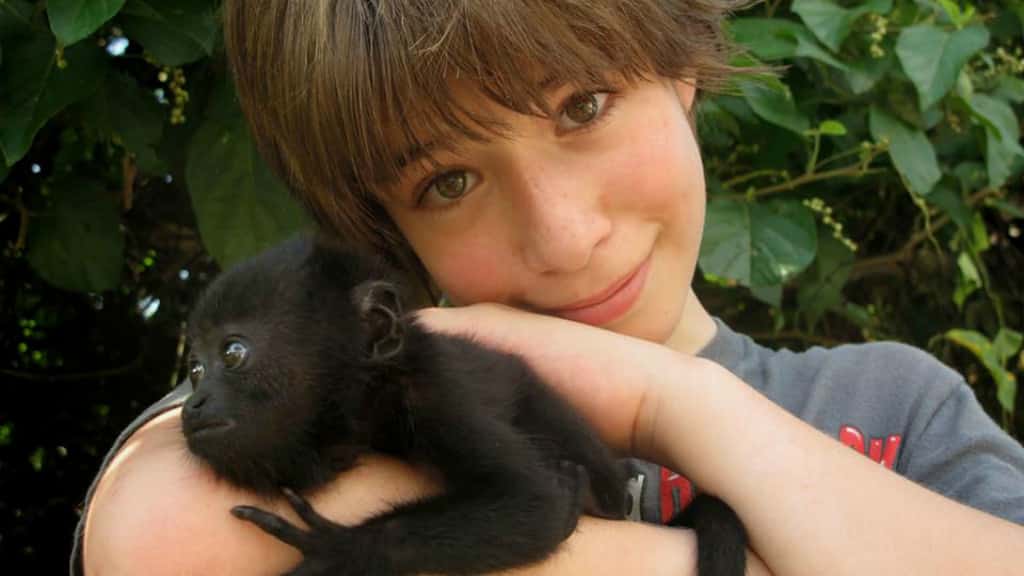
Travelling with children is not easy because they are the most demanding and select tourists: they know what they like and what they don’t like.
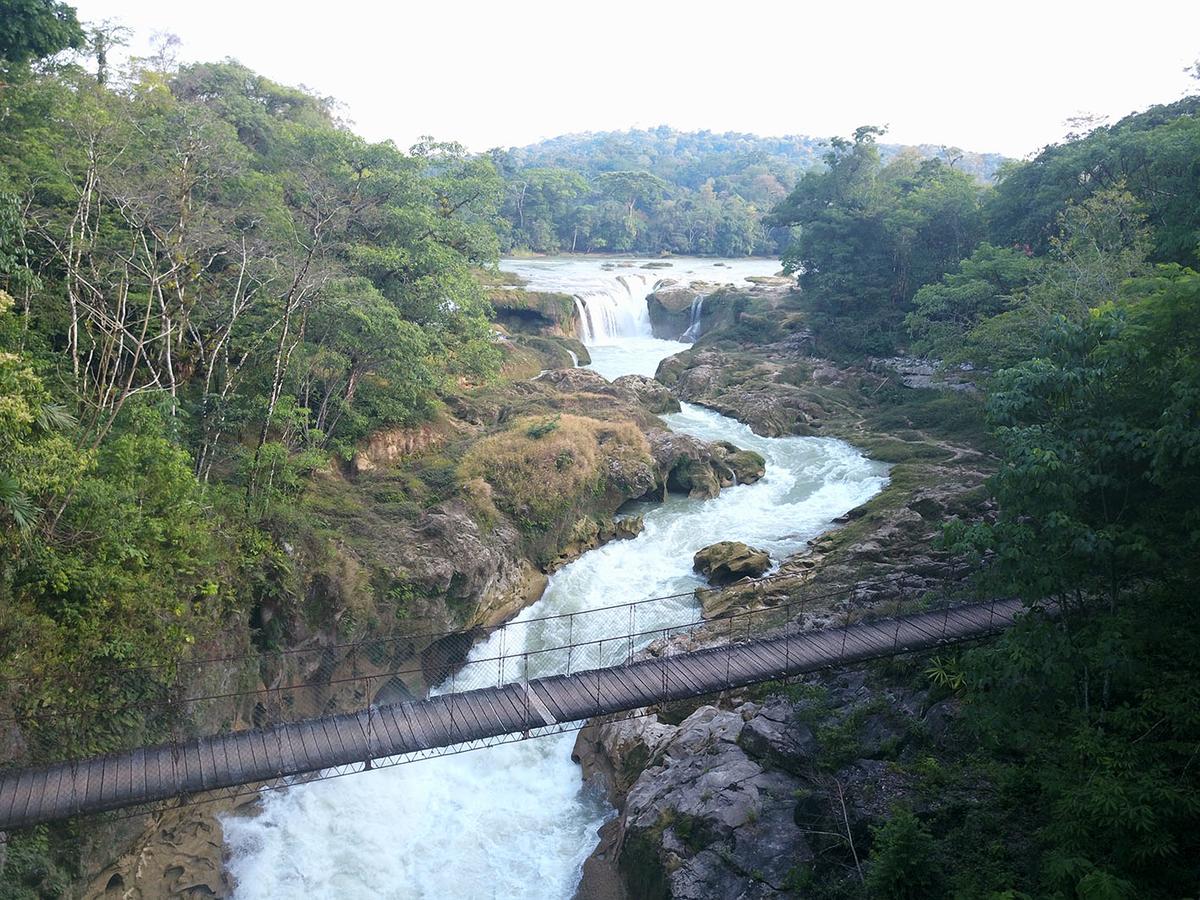
The waterfalls of Chiapas are known all over the world for their beauty and the crystalline waters of multiple colors that turn out to be a colorful spectacle.
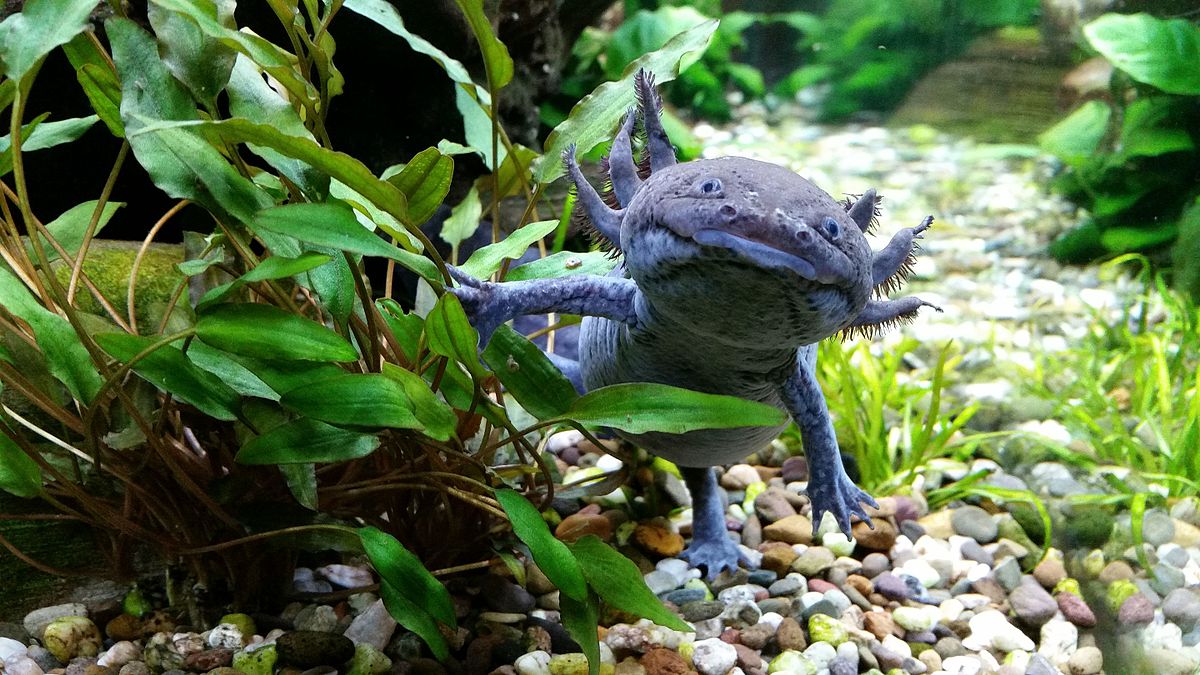
The Mexican axolotl is an impressive amphibian! Learn all about this little creature here.